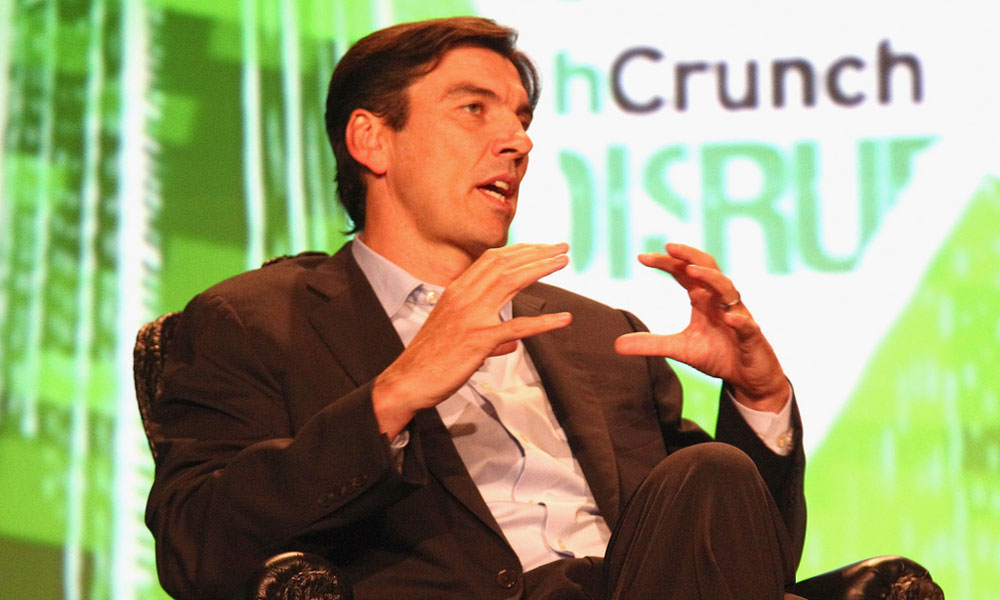
A Rough Patch: 3 Lessons From a Very Public Firing
Last week, AOL CEO Tim Armstrong tried to ease the pressure before layoffs hit the company's struggling Patch business, but a momentary loss of cool overshadowed what was meant to be a reassuring moment. Here's how you can avoid a similar incident.
It was a move made under stress, but AOL CEO Tim Armstrong’s firing of a manager during a conference call that was meant to reassure employees had the opposite effect.
Patch Creative Director Abel Lenz, who was taking pictures during the call, found himself publicly called out and fired by his boss within earshot of more than 1,000 people, leading to much chatter and speculation.
What lessons can leaders learn from the incident? Some thoughts below:
1. Firing People Publicly Jangles Nerves
Some context to the fateful conference call, embedded above: Patch is a local news business, spread out in small communities throughout the country. With the business struggling, the company was discussing cutting its number of sites by nearly half. As a result, hundreds of the company’s remote employees joined the conference call.
In other words, what Armstrong did essentially was the virtual equivalent of firing someone during an all-hands meeting in an office setting. And due to the subject matter (the termination came moments after a claim that there would be no layoffs until the following week), the situation drew more attention than it might have otherwise.
Lenz reportedly had a good reason for taking the photos—they were intended for the company’s internal networks—leading to speculation that the firing was for another reason.
Fiona Smith, a columnist for the Australian site Business Review Weekly, argues that the incident is the result of an aggressive management style gone awry. “Some entrepreneurs seem to believe the way to get the best out of people is to pitch them against each other (in the style of Donald Trump) and threaten them with (career) death if they fail,” she wrote. As made clear by the results, this doesn’t always work.
2. “Confidential” Is Difficult With a Large Audience
In his apology to AOL employees, Armstrong noted that Lenz had previously been warned about taking photos during “internal meetings of a confidential nature.” But because of the the large audience and the fact that it was largely filled with tech-savvy journalists, information about the incident got out almost instantly.
For associations, similar issues could arise during board meetings, where confidential business is often conducted but where decisions are made that affect the organization as a whole—both members and staff. In the January issue of Associations Now, Margaret Loftus noted the challenges that social media can create for boards of all shapes and sizes. A clear policy could ease the situation.
“A lot of associations have told themselves they don’t have to worry about it,” Maggie McGary, marketing manager for the American Association of Blood Banks, noted in the piece. “But whether it’s today or a couple years from now, [they] need to address it so there are guidelines to follow.”
3. Apologies Shouldn’t Raise More Questions
It was good that Armstrong responded to the controversy in a letter, noting that he had personally apologized to Lenz.
“I am the CEO and leader of the organization, and I take that responsibility seriously,” he wrote in the letter acquired by media blogger Jim Romenesko. “We talk a lot about accountability and I am accountable for the way I handled the situation, and at a human level it was unfair to Abel. I’ve communicated to him directly and apologized for the way the matter was handled at the meeting.”
But the letter left a question unanswered—did Lenz get his job back? This led to additional questions from readers about the saga on Twitter and in comment boards. The result is a black mark on a leader already in a tough spot.
If you were in Armstrong’s shoes, how would you have handled the situation? Let us know your take in the comments.
(photo by TechCrunch/Flickr)






Comments